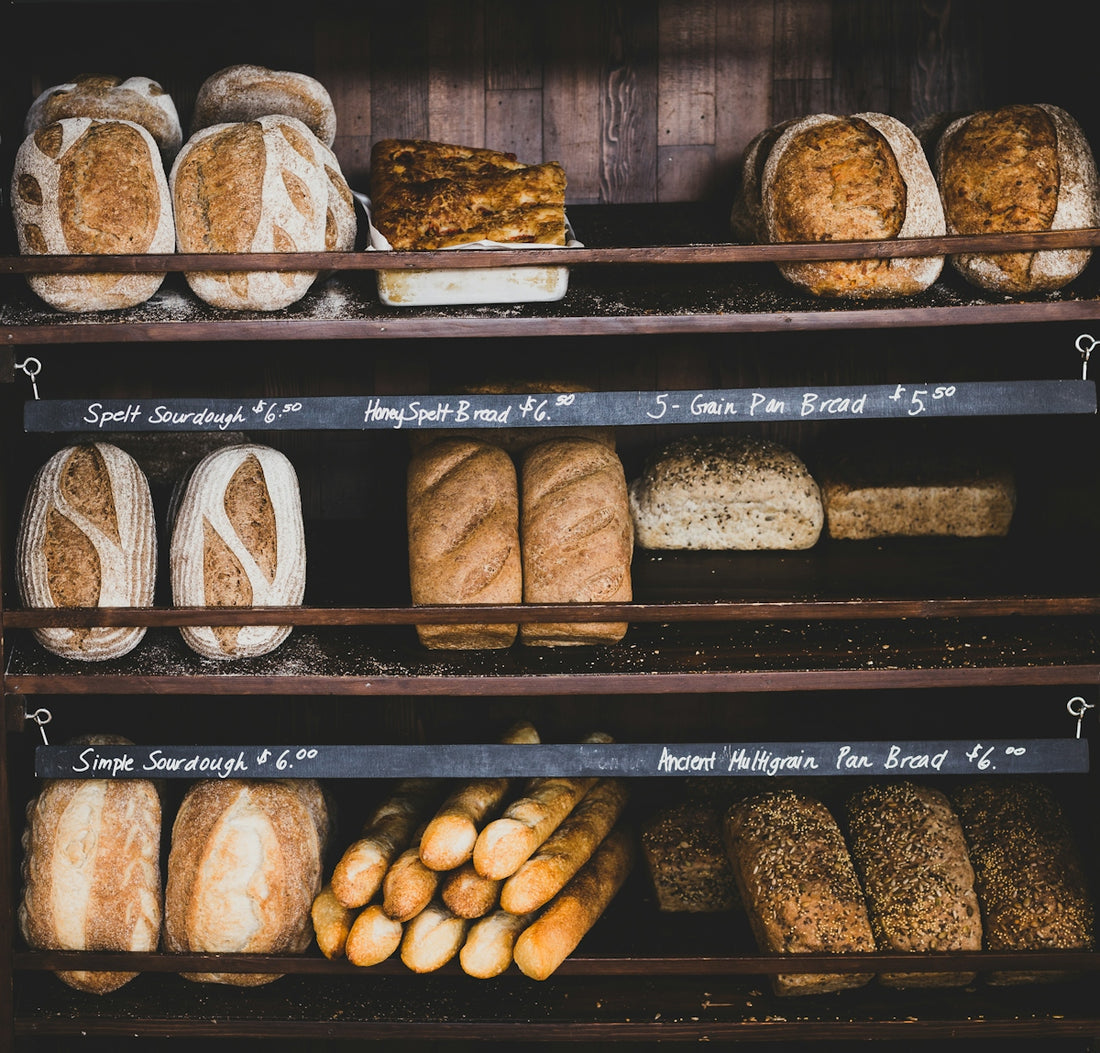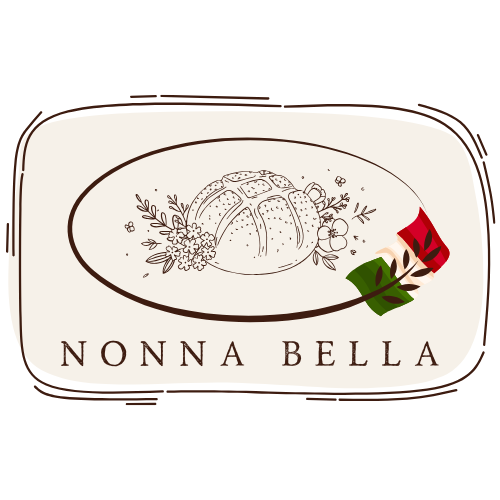
Easy Sourdough Bread: Simple Steps to Crispy Crust and Soft Center
There's something inherently satisfying about baking your own bread, especially when it's homemade sourdough. The journey from mixing a simple sourdough starter to slicing into a loaf with the perfect crispy crust and delightfully soft center can be a fulfilling experience. In this article, we will explore easy sourdough bread baking with a focus on artisan techniques, while offering sourdough baking tips to help you perfect your loaf every time.
Getting Started with Sourdough Starter
What is a Sourdough Starter?
A sourdough starter is a blend of flour and water that captures wild yeast and bacteria from the environment to create fermentation. This fermentation process is what sets sourdough apart from regular bread, contributing to its unique flavor and texture.
How to Feed Sourdough Starter
Feeding your sourdough starter regularly is crucial for maintaining its health. A basic sourdough starter feeding schedule involves discarding half of the starter and replenishing it with equal parts of water and flour. This keeps the yeast and bacteria active and ensures your starter is ready for baking.
How to Store Sourdough Starter
When you're not baking frequently, you can store your sourdough starter in the refrigerator to slow down the fermentation. Feeding it once a week is usually sufficient to keep the wild yeast fermentation alive. An organic sourdough starter, like the Nonna Bella Dehydrated Sourdough Starter, can offer a more traditional flavor profile that has been passed down since the 1800s.
Sourdough Starter Troubleshooting
If your starter isn't rising or shows signs of distress, there are a few things you can check. Ensure you're using quality ingredients and maintaining a consistent feeding schedule. Adjust the amounts of water and flour based on your kitchen environment to achieve the right consistency.
Sourdough Bread Recipe
Ingredients
- 500g bread flour
- 350g water
- 100g active sourdough starter
- 10g salt
Instructions
- Mixing: Combine the flour and water in a mixing bowl. Let it rest for about 30 minutes to hydrate the flour. Add the sourdough starter and salt, then mix until combined. Using a Danish Dough Whisk is ideal for this task, offering thorough incorporation without overworking the dough.
- Bulk Fermentation: Allow the dough to rest at room temperature for about 4-5 hours, folding it every 30 minutes. This process encourages the development of gluten and promotes a proper rise.
- Shaping: Turn the dough onto a lightly floured surface and gently shape it. Learning how to shape sourdough bread effectively ensures a consistent crumb and a pleasing appearance. Practice makes perfect in this aspect of artisan bread baking.
- Proofing: Place the dough in a floured proofing basket and let it rest in the refrigerator overnight for the best flavor development.
- Baking: Preheat your oven to 230°C (450°F) with your Le Creuset Dutch Oven inside. Carefully transfer the dough onto a Silicone Bread Sling for easy handling. Score the top of the loaf with one of the best sourdough scoring techniques to allow for controlled expansion. Bake for 20 minutes with the lid on, then remove the lid and bake for an additional 25 minutes until golden brown.
How to Get a Crispy Sourdough Crust
One of the hallmarks of excellent sourdough is achieving a crispy crust. Baking with steam and ensuring the oven is hot enough are keys to a perfect crust. Carefully handling the dough with the proper baking tools, such as the Professional Baking Kit, can further enhance the end result.
Sourdough Bread Troubleshooting
For issues like a dense crumb or poor rise, consider factors such as the vitality of your starter, fermentation time, and handling techniques. Experimenting with these variables will improve your sourdough life and confidence in baking.
Sourdough for Diabetics
Sourdough bread has a lower glycemic index than regular bread due to the sourdough fermentation process, which might be beneficial for diabetics in moderating blood sugar spikes. However, it's always best to consult with a healthcare professional.
Comparisons: Sourdough Starter vs Yeast
Using a sourdough starter over commercial yeast brings depth of flavor and complexity to bread, thanks to the natural yeast's and bacteria's biochemical interactions. This wild yeast fermentation can be more time-consuming but offers a reward in flavor and nutrition.
Sourdough vs Regular Bread
The main difference between sourdough and regular bread is the leavening process. Sourdough uses naturally occurring yeast and bacteria, while regular bread often uses commercial yeast. This gives sourdough its distinctive tangy taste and chewy texture.
Sourdough Beyond Bread
Your sourdough starter is versatile beyond bread. Consider sourdough discard recipes like pancakes, crackers, or the perfect dough for sourdough pizza dough. Even sourdough bagels offer a delightful chewy twist to the breakfast classic.
Each baking session contributes to your ongoing journey in learning and perfecting the art of sourdough, just as many have done for centuries. For more resources and tools on this timeless art, visit Italian Sourdough.
Whether you're passionate about sourdough baking tips, in search of the best sourdough techniques, or eager to explore the heritage of Italian sourdough bread, this guide offers the essential insights you need to produce an excellent loaf every time. Embrace the tradition and savor the process — happy baking!
